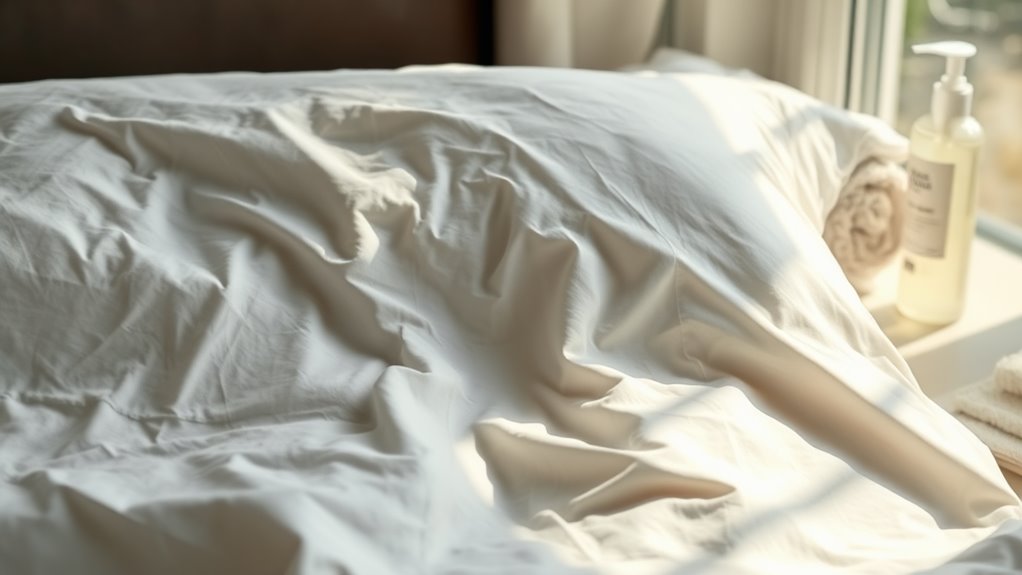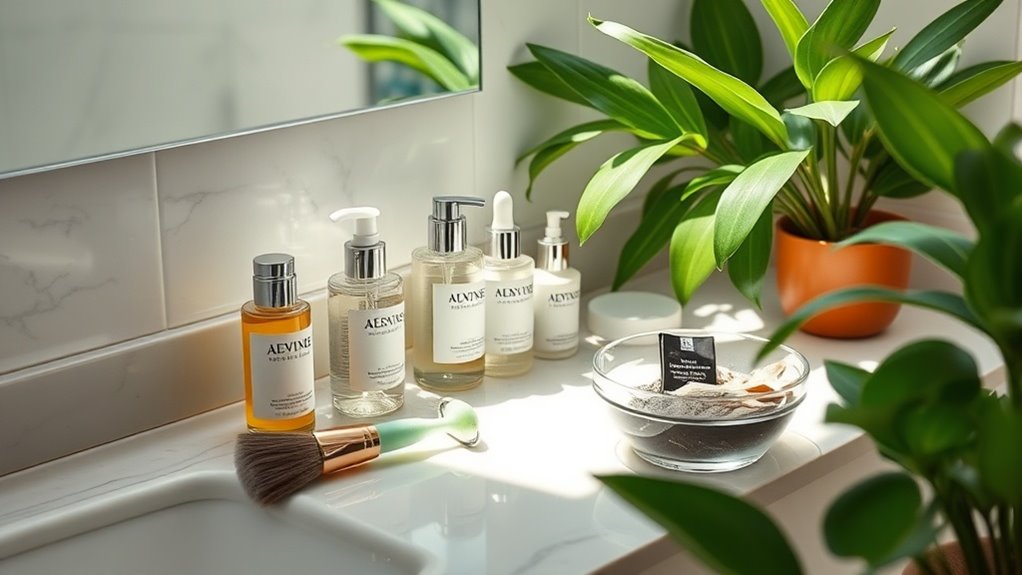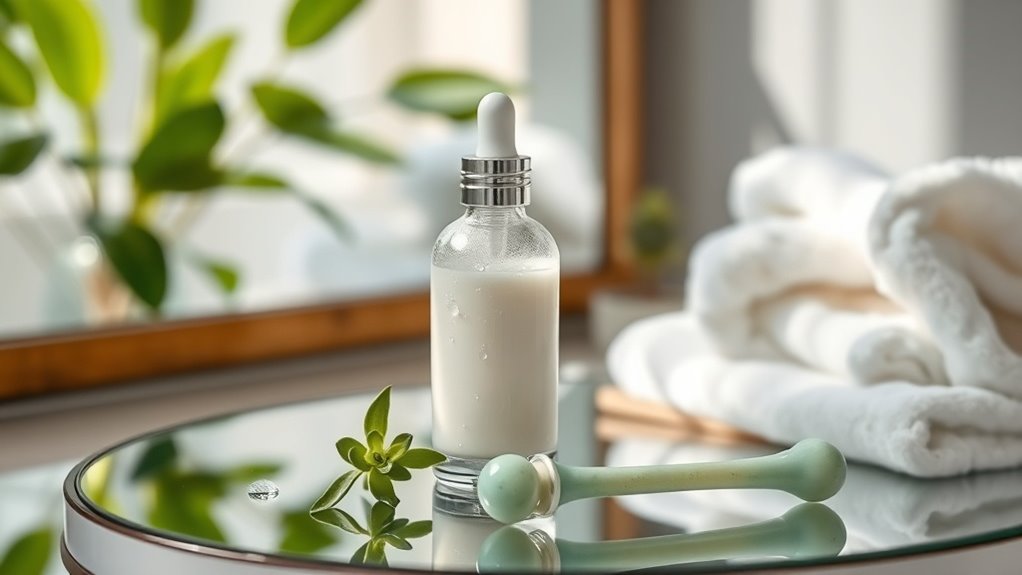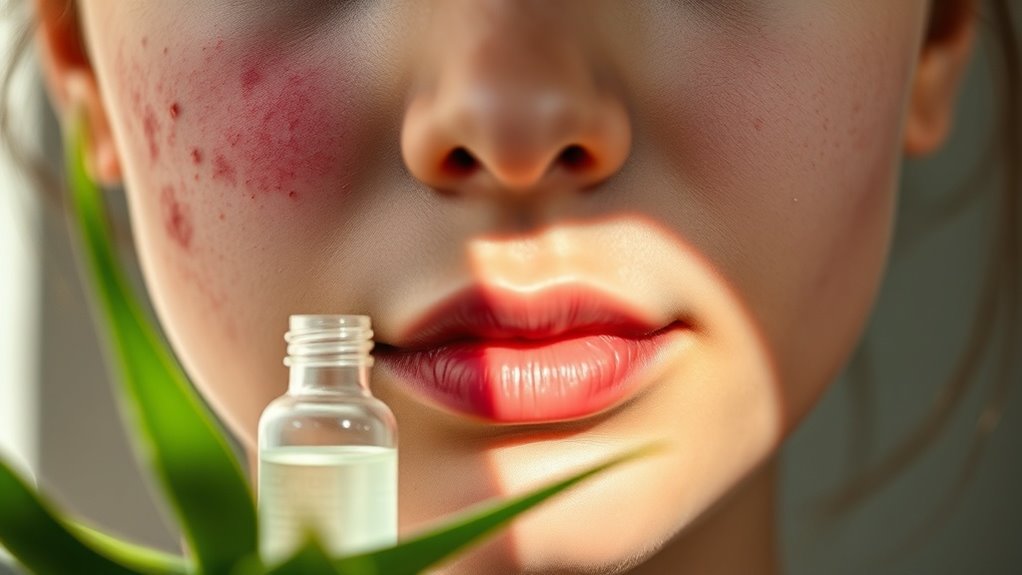Can Your Pillowcase Cause Acne. Yes – Here’s What to Do
Your pillowcase could be the hidden culprit behind your acne woes. It can trap bacteria, oils, and dead skin, leading to clogged pores and breakouts. So, what can you do to combat this issue? Understanding the connection between your pillowcase and skin health is crucial for clearer skin. Let’s explore how to choose the right materials and maintain cleanliness to keep your complexion in check.
Key Takeaways
- Pillowcases can trap bacteria, oils, and dead skin cells, leading to clogged pores and acne breakouts.
- Choose breathable fabrics like cotton or bamboo, and avoid synthetic materials that retain moisture and heat.
- Wash your pillowcase at least once a week in hot water to eliminate bacteria and irritants.
- Replace your pillowcase every three to four days, especially if you have oily skin or acne.
- Maintain a consistent skincare routine and avoid touching your face to further prevent acne.
The Connection Between Pillowcases and Acne
Pillowcases can significantly impact your skin health, particularly in the prevention of acne.
When you sleep, your face comes into contact with the fabric, which can harbor bacteria, oils, and dead skin cells.
This buildup may clog pores, leading to breakouts.
Regularly washing your pillowcases helps reduce these irritants, promoting clearer skin.
Additionally, choosing the right fabric can enhance pillowcase acne prevention.
For instance, silk or satin may create less friction and absorb less moisture than cotton, helping to maintain skin’s natural hydration levels.
Moreover, the choice of fabric type can influence how much oil and bacteria are transferred to your skin during sleep.
Ultimately, maintaining clean and suitable pillowcases is crucial for effective acne prevention.
Choosing the Right Pillowcase Material
Selecting the right pillowcase material can play a pivotal role in managing acne and promoting overall skin health.
Opt for breathable fabrics like cotton or bamboo, as these materials wick away moisture and reduce the likelihood of bacteria buildup. Silk pillowcases can also be beneficial due to their smooth texture, which minimizes friction and irritation on your skin. Avoid synthetic materials that trap heat and moisture, as they can exacerbate acne. Additionally, sleeping with dirty hair can transfer oils and impurities to your pillowcase, further contributing to skin issues.
Importance of Regular Washing
Even the best pillowcase material won’t fully protect your skin if you neglect regular washing. Pillowcases accumulate oils, bacteria, and dead skin cells, which can exacerbate acne. Research shows that these contaminants can create an environment conducive to breakouts. Additionally, habits that worsen acne can be further intensified by sleeping on unwashed bedding.
To minimize this risk, wash your pillowcase at least once a week using a gentle detergent. Hot water can effectively kill bacteria, while frequent washing reduces the buildup of allergens and irritants. Remember, maintaining a clean sleeping environment is essential for optimal skin health.
Additional Tips for Acne Prevention
While maintaining a clean pillowcase is crucial for acne prevention, there are several other strategies you can implement to further protect your skin.
First, wash your face twice daily with a gentle cleanser to remove excess oil and impurities. Avoid touching your face, as this transfers bacteria from your hands. Use non-comedogenic skincare and makeup products to prevent clogged pores.
Regularly exfoliate to eliminate dead skin cells, but don’t overdo it, as this can irritate your skin. Additionally, consider using effective acne prevention products that target specific skin concerns to enhance your routine.
Lastly, maintain a balanced diet rich in antioxidants and stay hydrated to support overall skin health.
These practices can significantly reduce acne occurrences.
When to Replace Your Pillowcase
Maintaining a clean pillowcase is only part of an effective acne prevention strategy; knowing when to replace it is equally important.
You should replace your pillowcase every three to four days, especially if you have oily skin or acne. Bacteria, oil, and dead skin cells accumulate quickly, increasing the risk of breakouts.
If you notice any stains or odors, it’s time to change it out.
Additionally, washing your pillowcase in hot water with a gentle detergent can help eliminate acne-causing agents.
Regular replacements and proper washing can significantly contribute to clearer skin and overall skin health. Furthermore, keeping your pillowcase clean helps minimize the presence of acne-causing agents, which can further aid in preventing breakouts.




